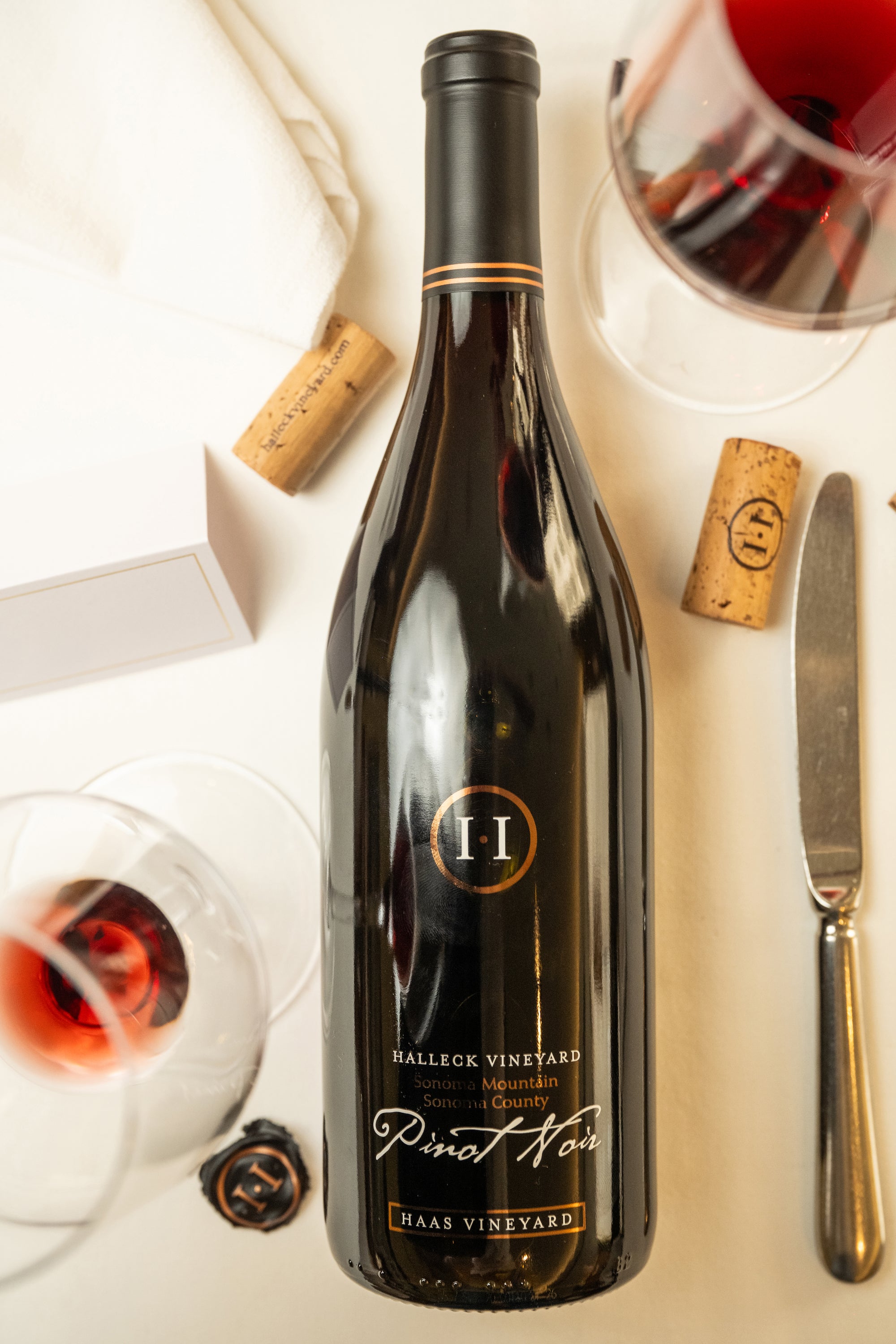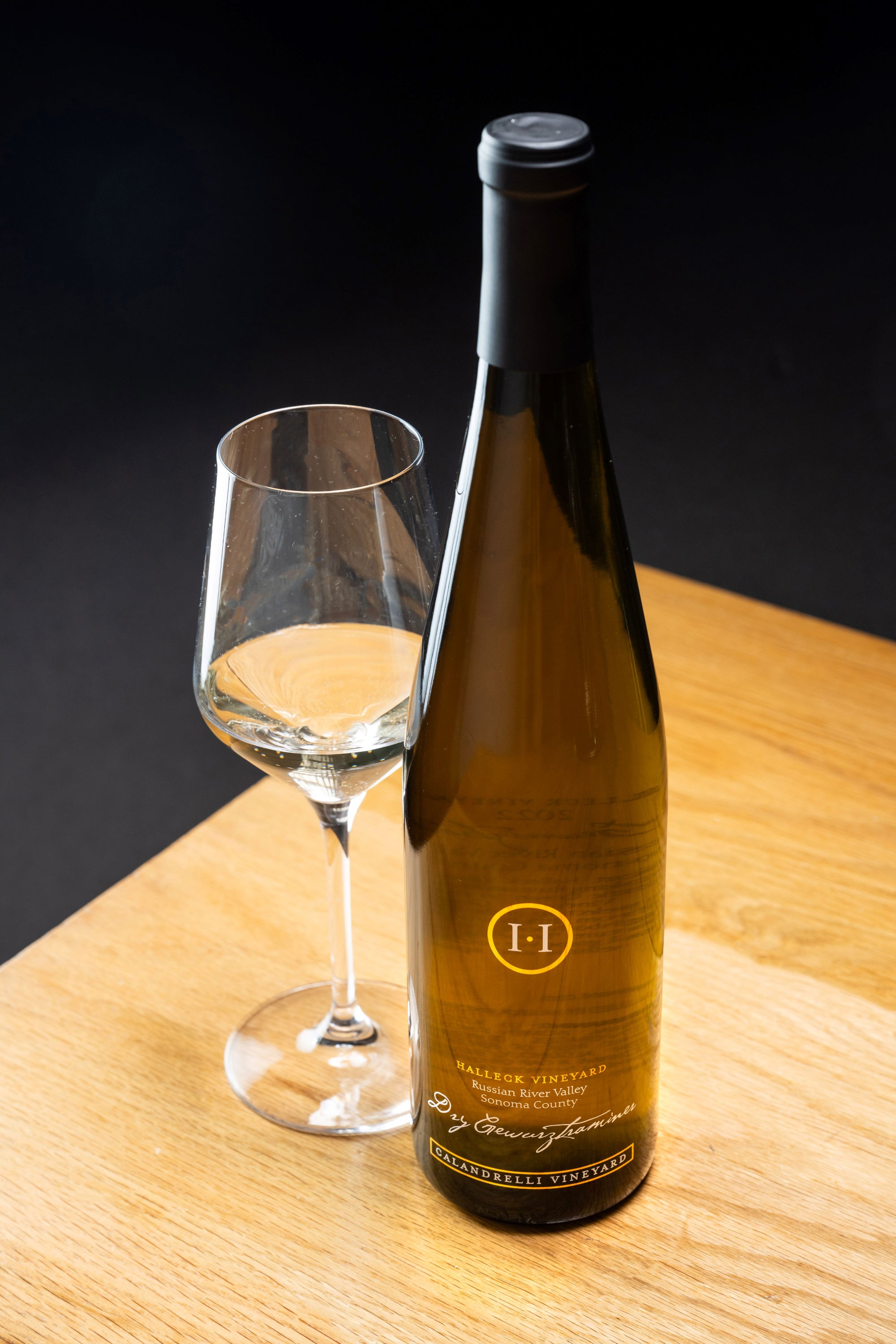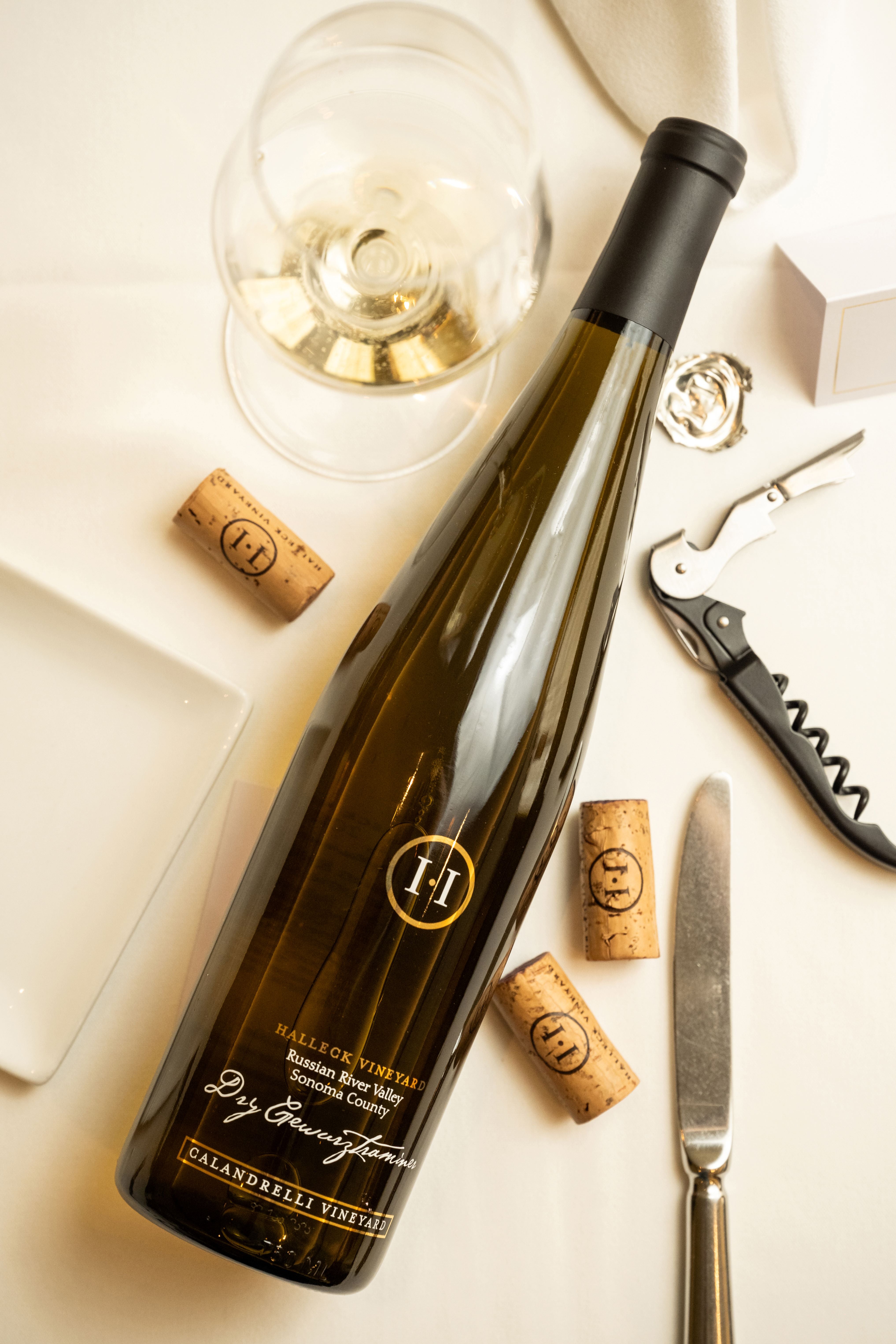Artisan Wineries In Russian River Valley - Wineries For Casual Tastings In Sonoma
Artisan Wineries In Russian River Valley - Wineries For Casual Tastings In Sonoma
Blog Article
Wineries Known For Their Hospitality - Sonoma Wine Tastings
Wine tasting is an art that combines sensory experience with an appreciation for the nuances of different varietals. How to judge flavors in winery wine tasting classes is pivotal to greedy the complexities of wine.
Engaging in a wine tasting entails greater than simply sipping and savoring. It requires a focused strategy to establish aromas and flavors that every wine presents. As you begin, observe the wine's appearance, noting its shade and clarity. These visible cues usually recommend a wine’s age, grape selection, and even potential flavor profiles.
The next step within the tasting process is to swirl the wine in your glass. This action releases aromatic compounds that are vital for evaluation. Lean in and take a moment to inhale deeply; the aromas can vary from floral and fruity to spicy and earthy. The nose of the wine is simply as essential because the palate, and recognizing scents performs a big position in understanding the general experience.
When taking your first sip, allow the wine to move throughout your palate - Hidden Gem Wineries In Sonoma County. Notice the preliminary flavors that current themselves. Is the wine fruity, floral, or perhaps herbaceous? This initial taste offers insight into what the wine is likely to specific as you proceed to gauge it. The mouthfeel also contributes to the overall flavor experience; it can be silky, tannic, or even effervescent.
Wine Tasting Tours In Russian River Valley - Sonoma Wineries With Vineyard Views
As you continue tasting, pay consideration to the wine’s stability. A well-balanced wine will harmonize acidity, sweetness, and tannins. If one component overwhelms the others, it would point out a less desirable quality. Evaluating stability might help you identify how well the wine may pair with food.
Transitioning to the end, think about how the flavors evolve as the wine lingers on your palate. A long, pleasant end can indicate a high-quality wine, whereas a short or abrupt end may suggest otherwise. Replicate on whether the flavors remain consistent or if new notes emerge as the wine settles. This progression can reveal complexities and intricacies which may not have been obvious within the preliminary tasting.
Temperature can be a crucial consider evaluating wine flavors. Completely Different types of wine are optimally loved at particular temperatures. White wines often shine when chilled, whereas red wines typically carry out finest at room temperature. When tasting, ensure the wine is at the applicable temperature to completely recognize its character.
Good Wineries For Large Groups In Sonoma Valley - Luxury Wine Tasting In Sonoma County
Pairing food with wine can tremendously enhance the tasting experience. Foods can influence the perception of flavors in wine, both highlighting certain characteristics or diminishing them. When evaluating flavors, think about how the wine interacts with totally different meals, noticing which flavors are amplified or muted (Intimate Wine Tasting Experiences In Sonoma).
Think About the affect of terroir as you have interaction in a winery tasting. Terroir encompasses the distinctive environmental components that affect grape growing, together with soil composition, climate, and geography. Understanding a wine's terroir can provide perception into its flavors and aromas, fostering a deeper appreciation for the alternatives made throughout its cultivation and production.
Training plays a elementary function in enhancing one's ability to gauge wine flavors. Studying about grape varieties, wine areas, and manufacturing methods can pave the means in which for more informed judgments throughout tastings. Additionally, attending workshops or classes can refine sensory skills and expand your flavor vocabulary, enabling you to articulate tasting notes extra effectively.

Finally, it is essential to keep in mind that evaluating wine flavors is a highly personal experience. Individual preferences and perceptions will invariably form one’s tasting journey. Enjoyment must be at the forefront, with the evaluation course of performing as a software to enhance understanding and appreciation rather than create rigid pointers.
Wineries Offering Virtual Wine Tastings - Wineries For Casual Tastings In Sonoma
In conclusion, mastering tips on how to evaluate flavors in winery wine tasting periods includes a mix of sensory engagement, information, and practice. By studying to identify aromas, assess the balance, and appreciate the intricacies of flavor, wine enthusiasts can deepen their connection to each bottle they encounter. As with any art form, the extra one immerses themselves within the experience, the extra they'll discover and benefit from the huge world of wine.
- Begin by observing the wine's colour and readability, as these visible elements can hint at its flavor profile and aging potential.
- Swirl the wine gently in your glass; this releases aromatic compounds, allowing you to raised determine the advanced scents related to the wine.
- Take a deep inhale before tasting, focusing on both primary and secondary aromas to collect insights on fruits, spices, and different nuances.
- When tasting, permit the wine to coat your palate; note the preliminary flavors, the mid-palate complexity, and the finish as these stages can provide totally different flavor highlights.
- Pay attention to texture and mouthfeel, as features such as tannin levels, acidity, and sweetness contribute significantly to the overall tasting experience.
- Examine flavors in opposition to commonplace wine traits; for pink wines, consider berry notes, oak affect, and natural tones, whereas whites might include citrus, stone fruits, and floral hints.
- Take notes during the tasting session to track your impressions, helping you to recollect and evaluate the different wines sampled.
- Focus On your findings with fellow tasters or winery staff, as sharing insights can enhance understanding and appreciation of individual flavors.
- Allow time for the wine to breathe; typically, flavors evolve and reveal new dimensions after being uncovered to air.
- Experiment with food pairings through the tasting as they will dramatically alter how flavors are perceived, influencing general enjoyment.undefinedWhat ought to I look for when evaluating the aroma of wine during a tasting?
Begin by swirling the wine in your glass to launch its aromas. Bring the glass to your nose and take a deep breath. Pay attention to the first scents you detect, as these are often the most outstanding. Look for fruit, floral, herbal, or earthy notes and try to identify particular traits, which can deepen your understanding of the wine's complexity.
Wineries Perfect For A Relaxing Afternoon - Best Vineyard In Sonoma

How can I distinguish between different flavor profiles in wine?
Understand that flavor profiles are sometimes categorized as fruit, floral, herbaceous, spicy, or mineral. Take small sips and allow the wine to coat your palate. Discover the primary flavors that emerge first and the refined notes that comply with. This layering is essential in distinguishing the wine's traits and can help you respect its unique profile.
Wineries That Offer Barrel Tastings - Wineries With Outdoor Tastings In Sebastopol
What is the importance of the wine's texture in a tasting?

The texture of the wine, also identified as mouthfeel, plays an important function in how we understand flavors. Pay attention as to if the wine feels smooth, creamy, or gritty. The physique of the wine (light, medium, or full) can improve or contrast with flavors, offering a extra rounded experience throughout tasting.
How do I assess the balance of flavors in wine?
Stability in wine refers again to the concord between acidity, sweetness, tannin, and alcohol. Take a second to evaluate whether these elements complement or intrude with each other. A well-balanced wine could have none of its parts overpowering the others, creating a pleasant tasting experience.
Unique Wine Blending Experiences In Sonoma - Sonoma Wine Country Wineries To Explore
What role does temperature play in evaluating wine flavors?
Temperature can significantly impression the perception of flavors. Typically, purple wines are finest served slightly beneath room temperature, while white wines get pleasure from being chilled. As the temperature adjustments, the aromas and flavors can shift, allowing you to understand different traits. It’s important to style wine at its optimum temperature for true evaluation.
Romantic Winery Destinations In Sebastopol - Discovering Sonoma Area Wineries
How can I improve my tasting skills over time?
Practice is vital to bettering your tasting skills. Wineries Hosting Seasonal Events. Attend tastings, maintain a journal of your experiences, and explore different sorts of wines to broaden your palate. Additionally, learning about wine manufacturing and grape varieties can provide context that enhances your evaluation course of, making you a more informed taster.
Is there a particular order during which I ought to taste the wines?
Best Wineries For Sunset Views In Sebastopol - Wineries To Explore In Sonoma Valley
Yes, it’s advisable to style wines from light to helpful site full-bodied and dry to sweet. This development prevents the stronger flavors from overshadowing the extra delicate ones, allowing you to totally respect every wine's characteristics and nuances with out palate fatigue.
How can I evaluate the aftertaste of wine?
Wineries Known For Their Beautiful Gardens - Best Vineyard Visits In Sonoma
The aftertaste, or finish, is a crucial aspect of the wine-tasting experience. After swallowing, pay consideration to how long the flavors linger in your palate and whether they change. A lengthy, pleasant end is often an indicator of a high-quality wine, while a brief or unpleasant end may counsel otherwise.
Why is it necessary to note the wine’s acidity throughout tasting?
Acidity contributes to the overall freshness and construction of the wine. Pay consideration to the tingling sensation on your tongue; greater acidity can enhance the wine's liveliness and stability out sweetness. Noting acidity helps determine the wine's versatility with food and its aging potential.
What ought to I do if I struggle to establish particular flavors in wine?
Wineries With Locally Sourced Food Options - Top Sonoma Wine Tasting Destinations
Struggling to identify flavors is common, particularly for newbies. Focus on broader categories and describe what you can recognize, such as candy or earthy notes. With practice, reading about totally different flavor profiles, and perhaps using flavor pop over to this site wheels, you may refine your senses and develop a more nuanced approach to tasting. Report this page